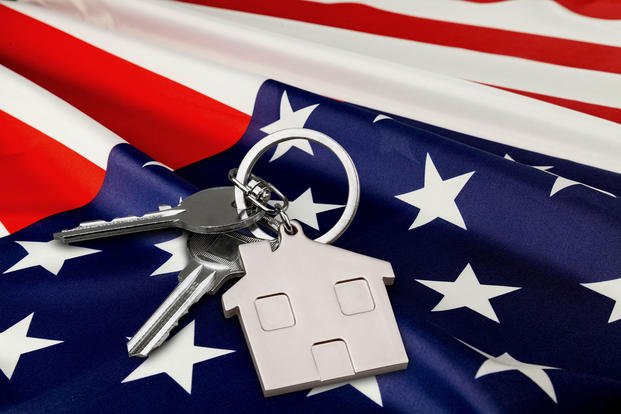The VA home loan benefit is one of the most valuable of all benefits issued to our service members. The program itself is based upon a qualifying veteran's initial entitlement, currently $36,000. The VA guarantees all VA loans up to four times the existing entitlement, or $144,000. For loan amounts above $144,000, the VA guarantee is one-fourth of the loan amounts up to $726,200 for 2023, higher in areas deemed "high cost."
When a veteran applies for a VA mortgage, one of the first steps is to obtain the Certificate of Eligibility or COE from the Department of Veteran's Affairs. The COE is a document that validates the borrower's eligibility to receive a VA loan but also includes the amount of entitlement available. What may not always be clear is that the veteran can take advantage of their VA home loan benefit over and over again, as long as part or all of their entitlement is still available. How does that work?
Refinancing
Say that a veteran takes out a VA home loan a few years ago and soon rates begin to fall. By lowering the interest rate on the mortgage, the borrower can reduce their mortgage payment, saving money on interest payments.
When a VA loan is paid off, the original entitlement amount is restored. Refinancing a VA home loan does in fact retire the existing home loan then immediately follows up with a new loan, replacing the original.
For example, the original loan amount is $300,000 and the borrower used all of the entitlement available of $36,000. Rates drop and the existing loan has vanished; it's paid off at the settlement table by the new loan. The entitlement is restored, and then used again with the new VA refinance in place.
Sale
When the home is sold, retiring the existing VA mortgage, the entitlement is also restored. The veteran may then decide to use his entitlement again to buy another property or consider using a conventional loan to buy and finance a home.
It's not uncommon for a VA borrower to first use a VA mortgage to buy a home then elect to finance the next home with a conventional loan. VA loans require no money down from the borrower, and while that's certainly an attractive feature, VA loans also have a funding fee which can be as high as 3.3 percent for some borrowers. On a $200,000 loan, that's an additional $6,600 added to the loan.
If the first time VA borrower's home has appreciated over the years the equity in the old house can be used as a down payment for a new one, financed with a conventional loan with 20 percent down.
Partial Entitlement
Now let's look at how entitlement may be partially used. Remember that the VA guarantee is 25 percent of the loan amount up to $144,000. Say that a borrower buys a condo for $85,000. The VA guarantee is 25 percent of that amount, or $21,250.
If the original entitlement is $36,000, the veteran in this example would have $36,000 - $21,250 = $14,750. There is still $14,750 in available home loan benefit to the veteran to use in the future. If the veteran later decides to keep the condo and rent it out, and use a zero down VA home loan for another purchase, the maximum VA loan would then be four times $14,750, or $59,000.
Assumption
VA loans have a unique feature called an assumption. VA loans are assumable by third parties. An assumed loan keeps its original characteristics such as rate and term but the buyer simply "takes over" the existing VA loan.
Someone who assumes a VA loan must still qualify for the mortgage using standard underwriting guidelines such as qualifying credit and income. When someone assumes an existing VA loan, the loan is not retired and the entitlement is not restored.
The buyer who assumes an existing VA mortgage must refinance that loan in the future before the veteran's entitlement is reinstated.
Find a Lender
Unless you are assuming an existing loan, your first step is to find a lender for a purchase or refinance. Our VA loan finder matches you with up to five rates from competing lenders. Get started today!











